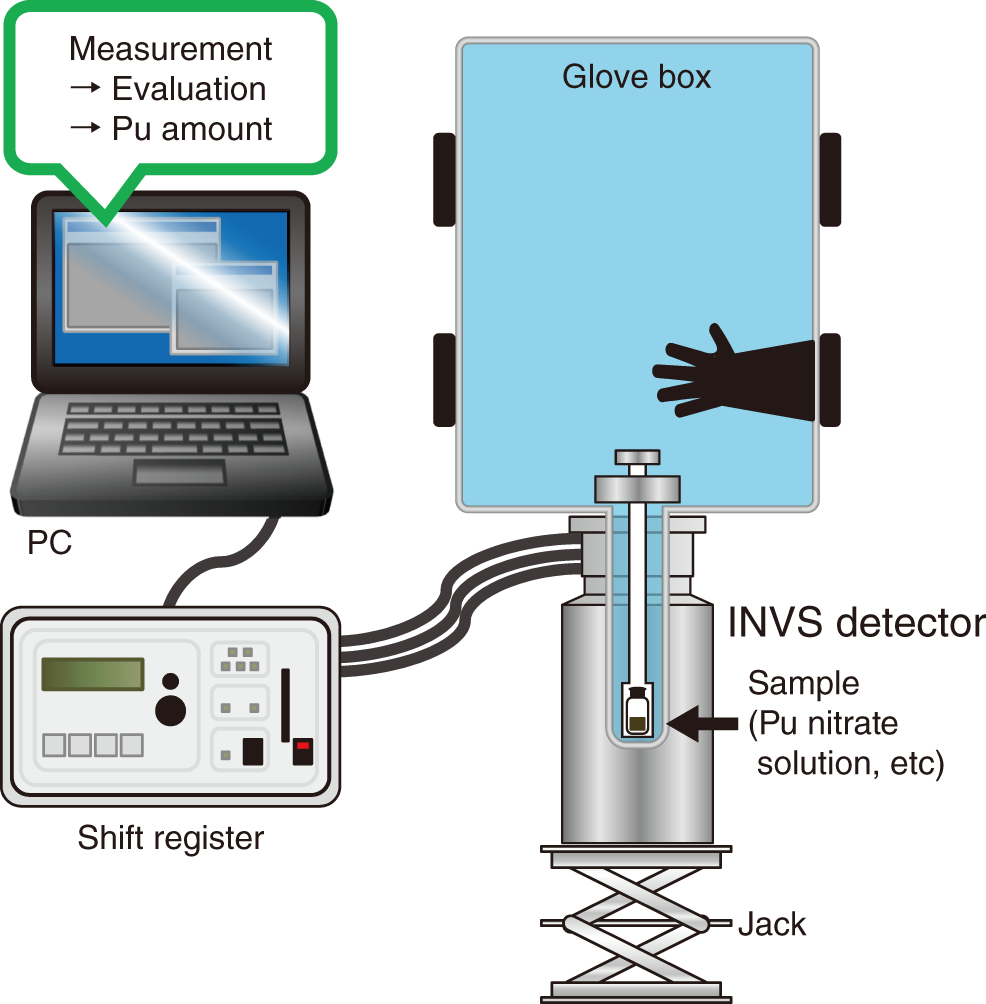
Fig.8-24 Composition of the glove box and equipment for the INVS system

Fig.8-25 The composition of the glove box and the INVS with shielding
Plutonium (Pu) nitrate solution, which is recovered from spent fuels for light-water reactors and so on, is stored in the Tokai Reprocessing Plant. Since the solution is treated as a direct-use material (i.e., a nuclear material that can be directly used for manufacturing nuclear explosives), verification activities are being conducted by the Nuclear Regulation Authority and the International Atomic Energy Agency.
The inventory sample verification system (INVS), which is shown in Fig.8-24, is a neutron nondestructive assay detector for Pu contained in mixed-oxide (MOX) powder and Pu nitrate solution, and has been used to verify the correctness of our declarations by inspection. We studied the INVS to improve the uncertainty of our measurements to within 1% for Pu nitrate solution, the same level as that of destructive assay.
First, we confirmed detector parameters (high voltage and response profile, among others). Then, we optimized the necessary parameters for calibration (efficiency and coincidence neutron fraction without multiplication, among others) using a fabricated MOX pellet source which the neutron source is Pu, just as in actual samples. Then, we determined necessary calibration curves for the passive calibration curve method and the known-α method.
To choose a proper calibration method, the measurement results of actual samples were evaluated by the three different neutron coincidence techniques (i.e., techniques based on counting coincidence neutrons from fission reactions) which include the passive calibration curve method, the known-α method (using the defined ratio of fission neutrons), and the multiplicity method (using triple neutrons from fission reactions). Since the application of both the known-α method and the multiplicity method to solution samples is uncommon, we expect to gain new information by this study.
The evaluation results of about one-day measurements using the passive calibration curve method and the known-α method achieved uncertainties of 1%; however, the results of the multiplicity method showed an uncertainty of approximately 2%. Therefore, we installed new shielding to reduce the effect of background neutrons to improve the uncertainty (Fig.8-25). The application of the shielding improved the uncertainty, especially of the known-α method results; the passive calibration curve and known-α methods both achieved uncertainties of 1% with measurement times within one hour. As a result of shielding, the multiplicity method was found to have difficulty achieving an uncertainty of 1%; however, the passive calibration curve method and the known-α method should be used as measurement techniques with good uncertainty and rapidity.
Our research was accomplished as the collaborative study with Los Alamos National Laboratories to improve nuclear material accountancy in Tokai Reprocessing Plant.